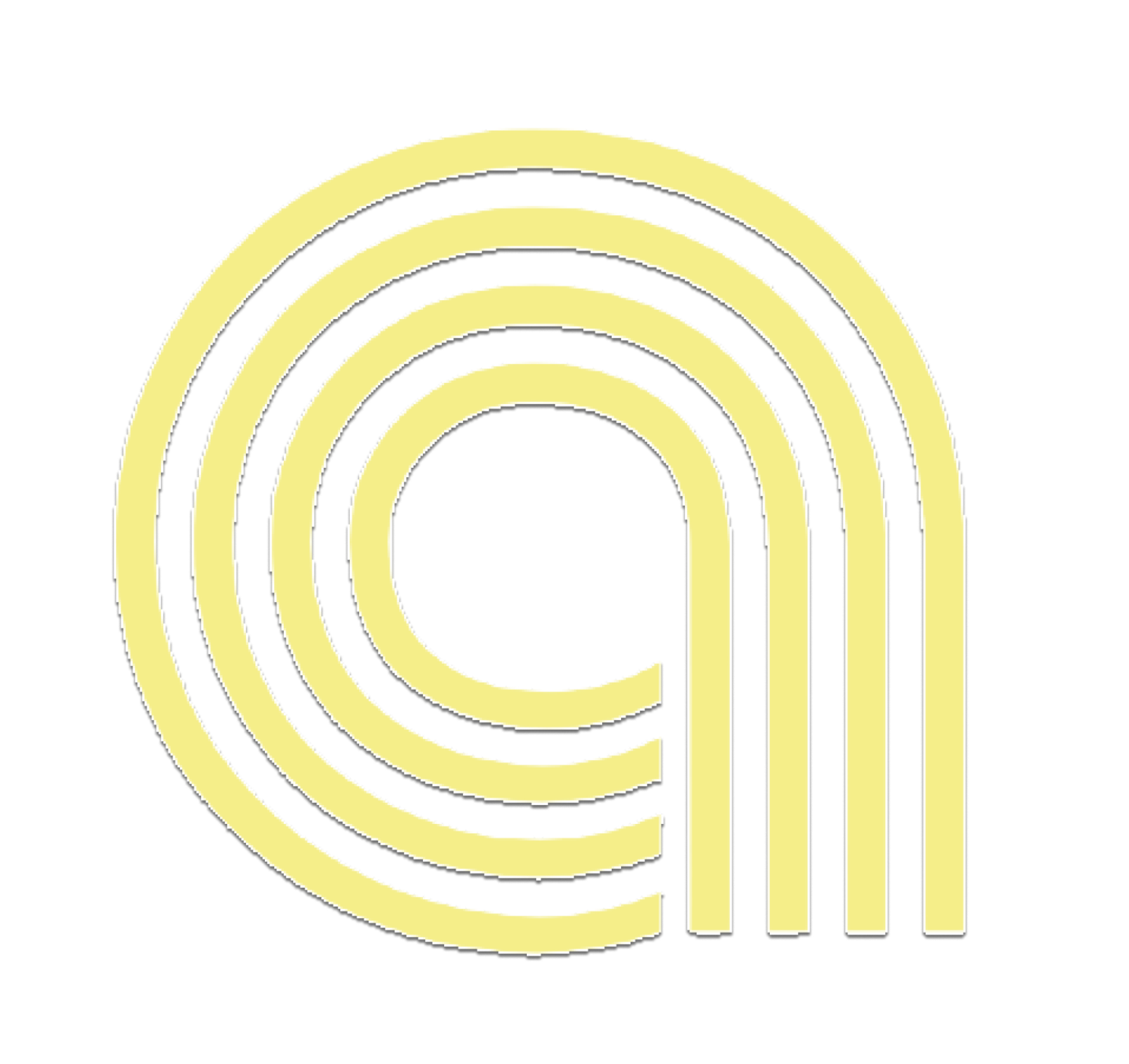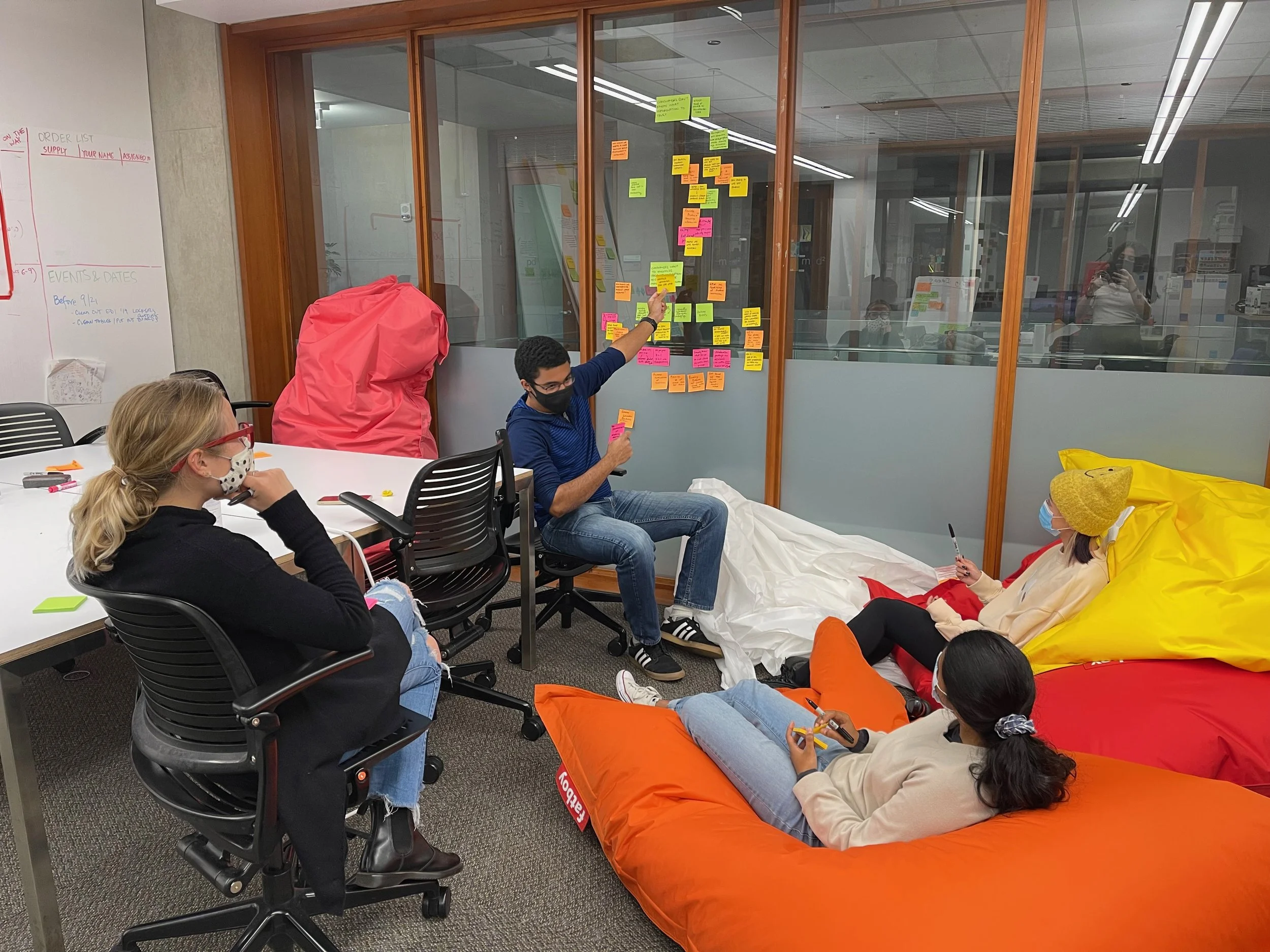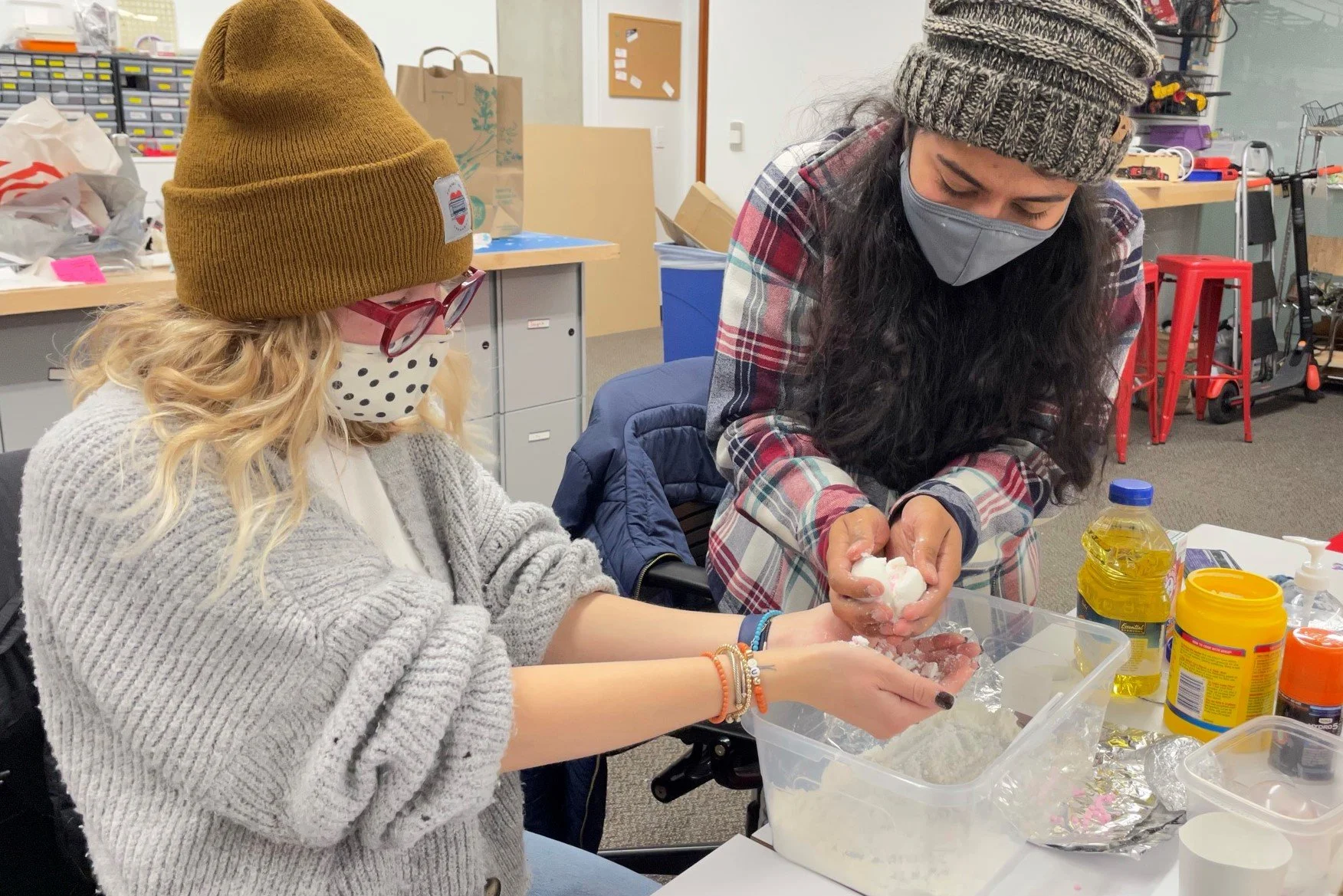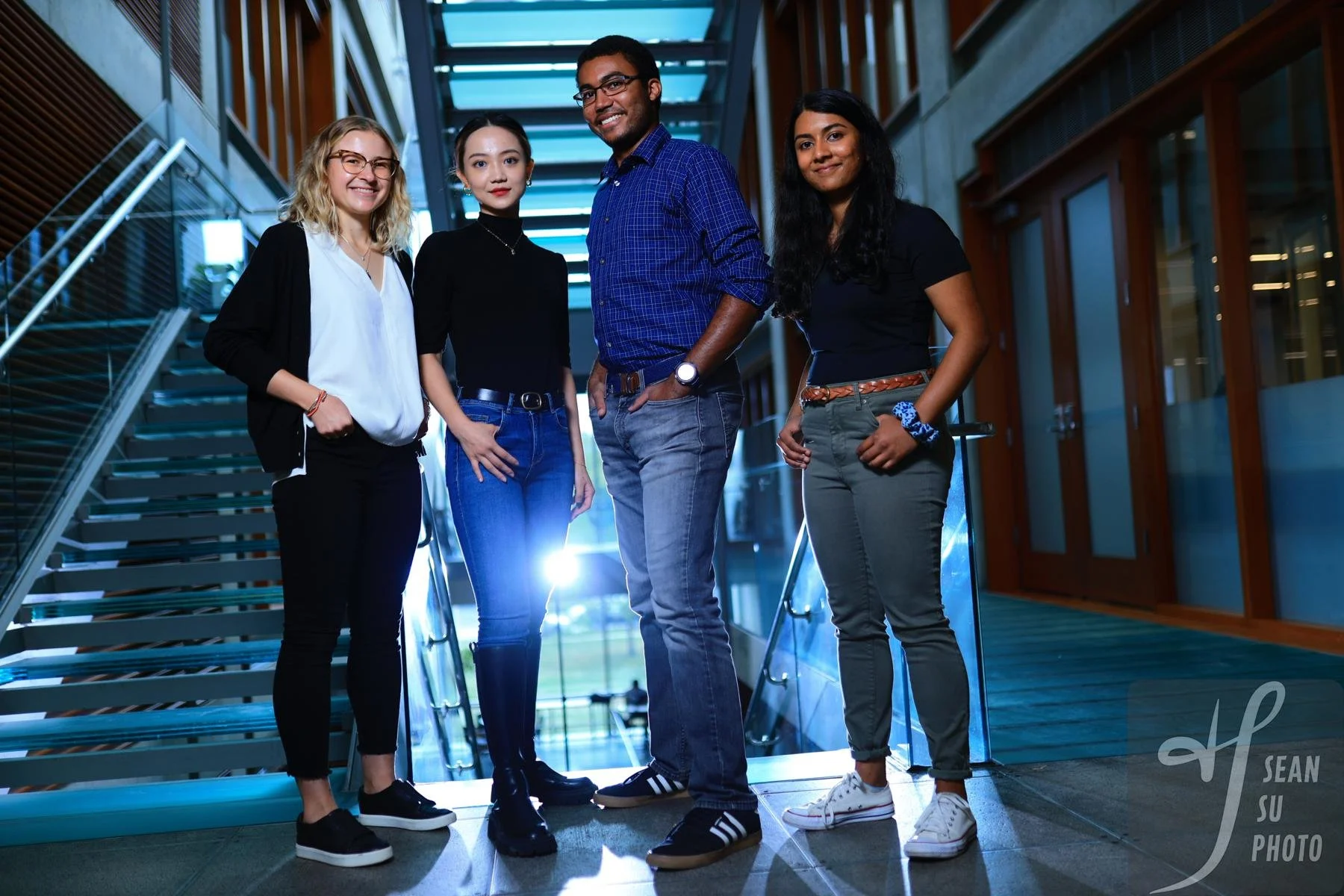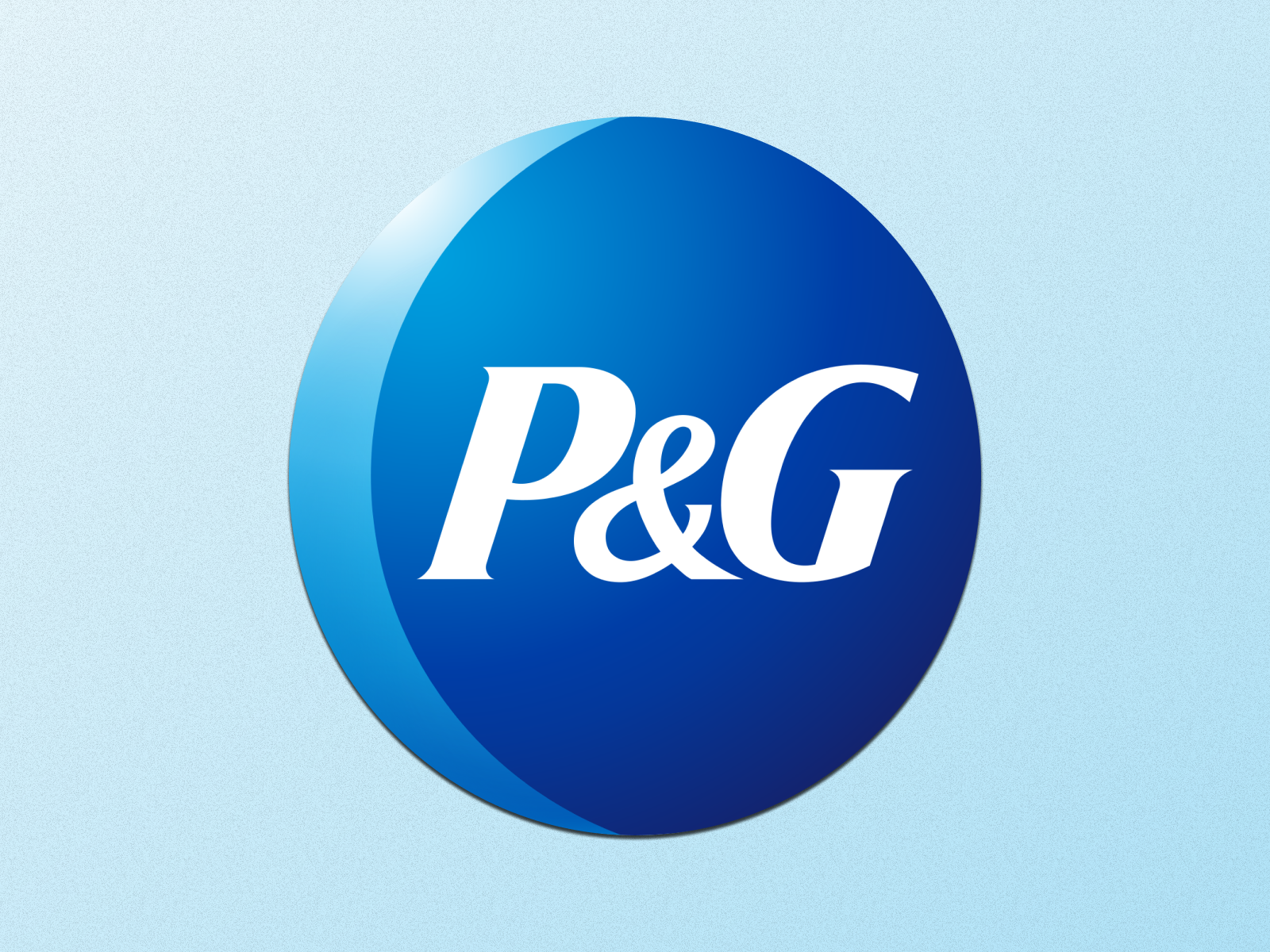
A human-centered product design course sponsored by Procter & Gamble.
Overview.
For this 10-week graduate studio course, my teammates and I were given a brief by our industry sponsors — Procter & Gamble — to design a new product utilizing the human-centered design process.
This project is under an NDA and full details about process and product creation cannot be disclosed.
My Role.
I was involved in the whole product design process from conducting in-home user interviews, to rapid prototyping, to conducting user testing, and to creating the final high-fidelity prototype.
Skills.
Ethnographic Research
Product Design
User Interviews, Journey Mapping, Rapid Prototyping
In-Home User Interviews.
To better understand and empathize with our target users, my teammates and I conducted 8 in-home consumer interviews as part of our ethnographic research. Through the interviews, we hoped to garner a deep understanding of current consumer habits and uncover existing pain points in order to utilize these findings to catalyze our ideation phase.
Synthesis.
Following our ethnographic research, we entered a synthesis phase to develop depth and clarity of the problem space and discover where new opportunities for innovation may lie. To initiate our synthesis phase, we each wrote down our key takeaways from the interviews we conducted. Following that, we grouped our takeaways into larger themes, noting down any tensions that surfaced. From the extraction of key takeaways we were able to create journey maps based on the patterns observed from our interviewees.
Rapid Prototyping and User Testing.
Following the synthesis of our interview data, we discovered areas of ambiguity where there were unanswered questions. We utilized this to catalyze the creation of activities for our users to complete during our first round of user testing. After completing user testing, we synthesized the data collected, refined our “how might we” statements, and compiled a list of design requirements that we wanted our final product to obtain. We used this to create seven prototypes for users to interact with during our second round of user testing. Following the last round of testing, we utilized user feedback to refine the direction for our final product.
Final Deliverable and Presentation.
Utilizing the feedback from our final round of user testing, we converged on a final product for our project and presented our final prototype to our P&G sponsors at the end of the ten weeks. Alongside presenting our final product prototype and creating a final presentation, we also created a detailed consumer journey map highlighting important behaviors that we discovered during user interviews and user testing, created a consumer pitch video to showcase how the product will be used, and created an executive summary for the product.
What I Learned.
It was a challenging process that provided me with a new and large learning opportunity. Coming from a background in human computer interaction and digital product design, taking a physical product design course was definitely outside of my comfort zone. I learned how to rapidly prototype in the physical realm and I developed a deeper understanding of the role that emotional and functional design requirements play in the user’s perception of products.
